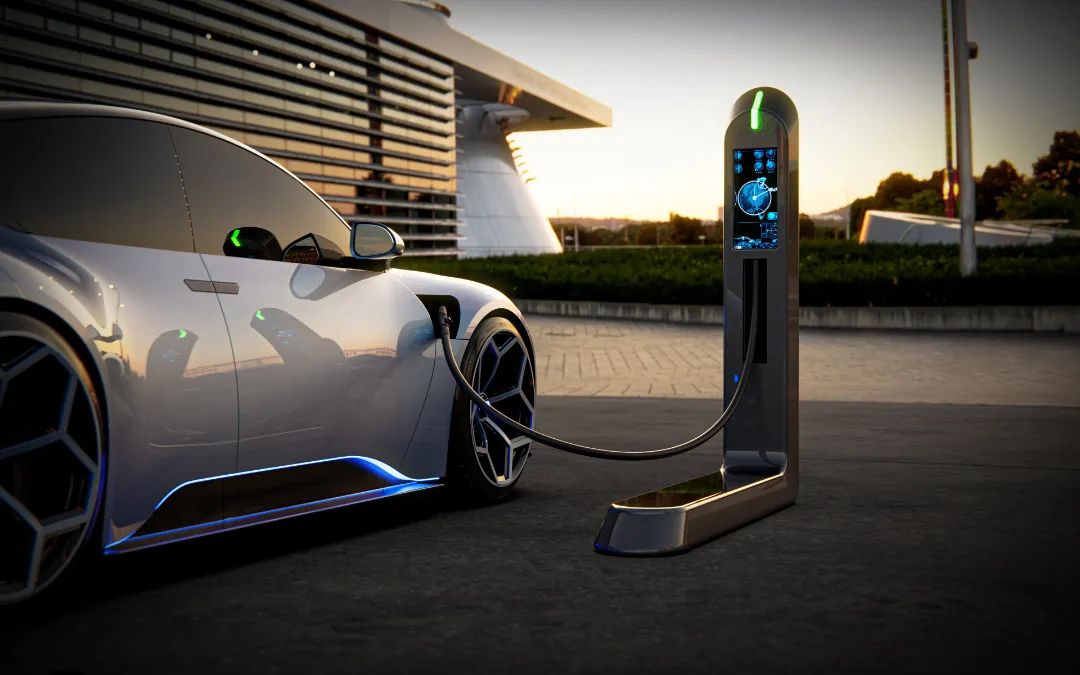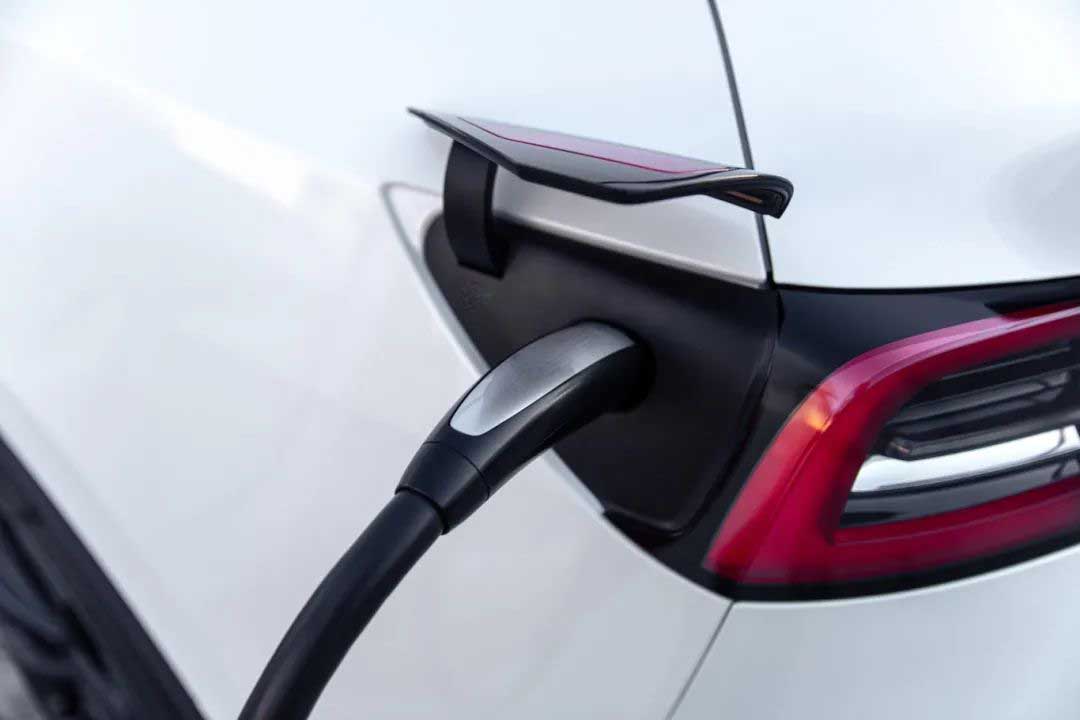Electric vehicle market expansion gains momentum. DC EV Charging Cables are key infrastructure for fast charging. They’ve eased consumers’ “energy replenishment anxiety.” They are vital for promoting electric vehicle popularity. Charging cables are the key link between charging piles and vehicles. They must carry high current and resist wear and tear. They need to be flexible and light. They also need strict electromagnetic compatibility. These traits match the high-performance needs of DC charging piles. They ensure safety and stability under high-frequency and high-power conditions.
●About cable cross-section
Most mainstream DC fast chargers on the market have a power of up to 320KW. These chargers do not have liquid cooling. Their output voltage is 1000V. The charging cable needs to carry higher voltage and current. Reasonable selection of the cable’s width reduces line loss and avoids overheating. It is a key factor in selection to avoid safety hazards. The cable’s cross section should be from 50mm² to 90mm². The needed size depends on the output power.
EV Charging Cables matching under various charging power conditions.
|
Output Power |
60KW |
120 KW |
180 KW |
240 KW |
320 KW |
|
Maximum Output Current |
0~218A (Single gun 160A) |
0~436A (Single gun 250A) |
0~500A |
||
|
Adaptable Main Line Core Section |
50mm² |
70mm²~90mm² |
|||
●About insulation materials.
The outdoor environment is harsh. It has high and low temperatures, rain, and salt spray. It also has dragging wear, wind, and sand. High-power charging can also cause heat. So, use TPE or TPU. They resist heat, salt spray, wear, and weather. They will extend cable life and keep good insulation.
●About electromagnetic interference.
At the same time. In high-power DC charging, the cable may make strong electromagnetic interference. Or, it may face it. Choose a charging cable with a shielding layer, like a tinned copper braid or aluminum foil. This can block outside electromagnetic interference. It also reduces leaks of internal signals and protects sensitive control signals. This is crucial to ensuring the stability and safety of charging communications.
Danyang Winpower founded the company in 2009. It’s a leading firm. It focuses on the making and sale of electric vehicle charging cables. The company has passed the IATF16949 automotive quality system. They’ve got excellent product quality and reliability. They can design and make charging cables. The cables meet national, American, and German standards. After years of production, the company has gained much technical experience. It is in the field of electric vehicle charging cables. We recommend using products that meet American standards.
| UL Certified EV Charging Cable Specifications | ||
| Model | Specifications | Reference Allowable current |
| EVE
EVT |
2x6AWG+8AWG+2x18AWG | 63A |
| 2x4AWG+6AWG+2x18AWG | 75A | |
| 2x2AWG+4AWG+2x18AWG | 100A | |
| 2×1/0AWG+2AWG+4x16AWG | 200A | |
| 2×3/0AWG+4AWG+6x18AWG | 260A | |
Choosing the right electric vehicle charging cable is crucial. It’s crucial for safety and efficiency. Using bad charging cables may cause slow charging. They may also lack the capacity to carry enough current. They can cause charging failures and create fire risks. Danyang Winpower can provide wiring solutions for charging pile connections. They ensure your charging system runs well. Please contact us!
Post time: Jun-20-2024


